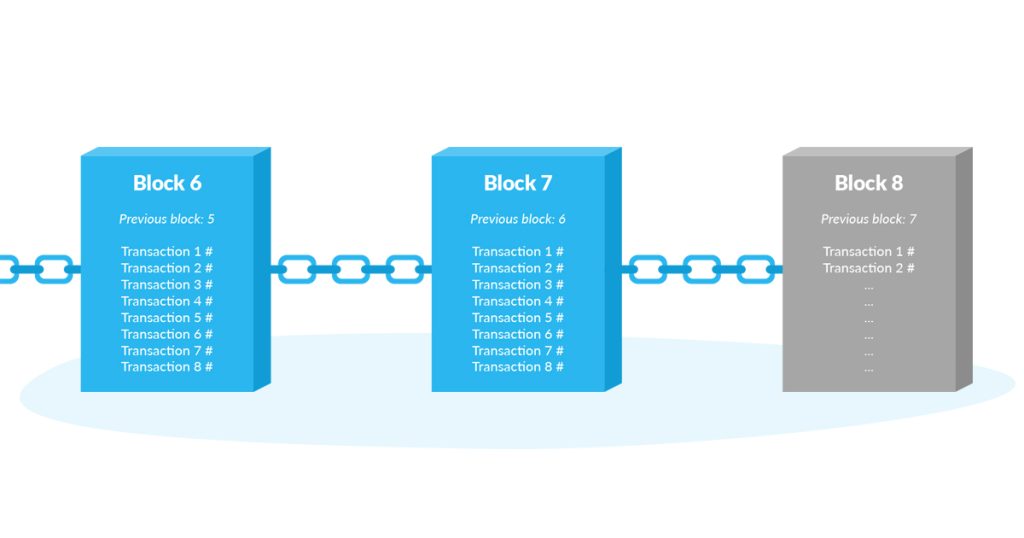In the ever-evolving world of cryptocurrencies, blockchain transaction monitoring has emerged as a crucial tool to ensure security, transparency, and trust. As digital assets continue to grow in popularity, governments, companies, and individuals seek effective ways to track and analyze blockchain activity. From preventing fraud and money laundering to ensuring compliance with regulations, monitoring blockchain transactions plays a pivotal role in maintaining the integrity of this decentralized system. In this article, we will explore the importance of blockchain transaction monitoring, how it works, and its implications for the future of digital finance.
Why Blockchain Transaction Monitoring Is Essential
With the rise of cryptocurrencies, there has been growing concern about the potential for illicit activities such as money laundering, fraud, and terrorist financing. Unlike traditional financial systems, where transactions are recorded in centralized ledgers, blockchain offers a decentralized, anonymous way of transferring value. While this decentralization promotes privacy, it also raises the risk of misuse. This is where blockchain transaction monitoring becomes essential. It provides a framework for tracking, analyzing, and identifying suspicious activities, ensuring that blockchain remains a secure and transparent environment.
Moreover, blockchain transaction monitoring is critical for regulatory compliance. As governments worldwide establish frameworks to regulate cryptocurrencies, exchanges and financial institutions must ensure their operations comply with Anti-Money Laundering (AML) and Know Your Customer (KYC) laws. Blockchain transaction monitoring tools help identify and flag irregular transactions, protecting businesses from penalties and helping law enforcement track down bad actors.
How Blockchain Transaction Monitoring Works
Blockchain transaction monitoring systems utilize advanced algorithms and data analytics to track and evaluate blockchain activity. These systems monitor transactions across different blockchains, identifying patterns that may indicate suspicious behavior, such as unusually large transactions or rapid movement of funds between multiple wallets. By analyzing blockchain data in real time, these tools can detect high-risk transactions, flagging them for further investigation.

One key advantage of blockchain technology is its transparency. All transactions are recorded on a public ledger, allowing monitoring tools to access this information freely. However, the pseudonymous nature of cryptocurrency wallets complicates the process of identifying real-world actors behind transactions. To address this, blockchain monitoring tools integrate with KYC processes, using wallet history and transaction patterns to assess risk levels. This layered approach ensures that while the system remains decentralized, it also remains secure and compliant with international regulations.
Future Implications: Blockchain Monitoring and Global Adoption
As blockchain technology continues to evolve and gain mainstream adoption, the role of transaction monitoring will only become more critical. Major financial institutions are increasingly incorporating blockchain into their operations, using it to facilitate cross-border payments, streamline supply chains, and even develop central bank digital currencies (CBDCs). With this shift, robust blockchain transaction monitoring will be essential to ensure that these systems are secure, transparent, and resistant to misuse.

Furthermore, the future of blockchain monitoring may involve the use of artificial intelligence (AI) and machine learning to improve accuracy and detection rates. By leveraging AI-driven algorithms, blockchain monitoring tools will be able to detect even more complex patterns of suspicious activity, adapting to new tactics used by bad actors. This, in turn, will foster greater trust in blockchain systems, encouraging wider adoption across industries and increasing the overall legitimacy of the crypto space.
Conclusion: Blockchain Monitoring as the Key to Future Financial Security
In conclusion, blockchain transaction monitoring is more than just a security measure; it’s a fundamental component of building a sustainable and trustworthy blockchain ecosystem. By ensuring transparency, regulatory compliance, and fraud detection, blockchain monitoring tools help bridge the gap between the decentralized nature of blockchain and the regulatory requirements of traditional financial systems. As blockchain technology matures, the importance of monitoring will only grow, paving the way for broader global adoption and a more secure digital future. Whether you’re a crypto enthusiast, a business owner, or a regulatory authority, understanding the importance of blockchain transaction monitoring is crucial for navigating the ever-changing landscape of digital finance.

